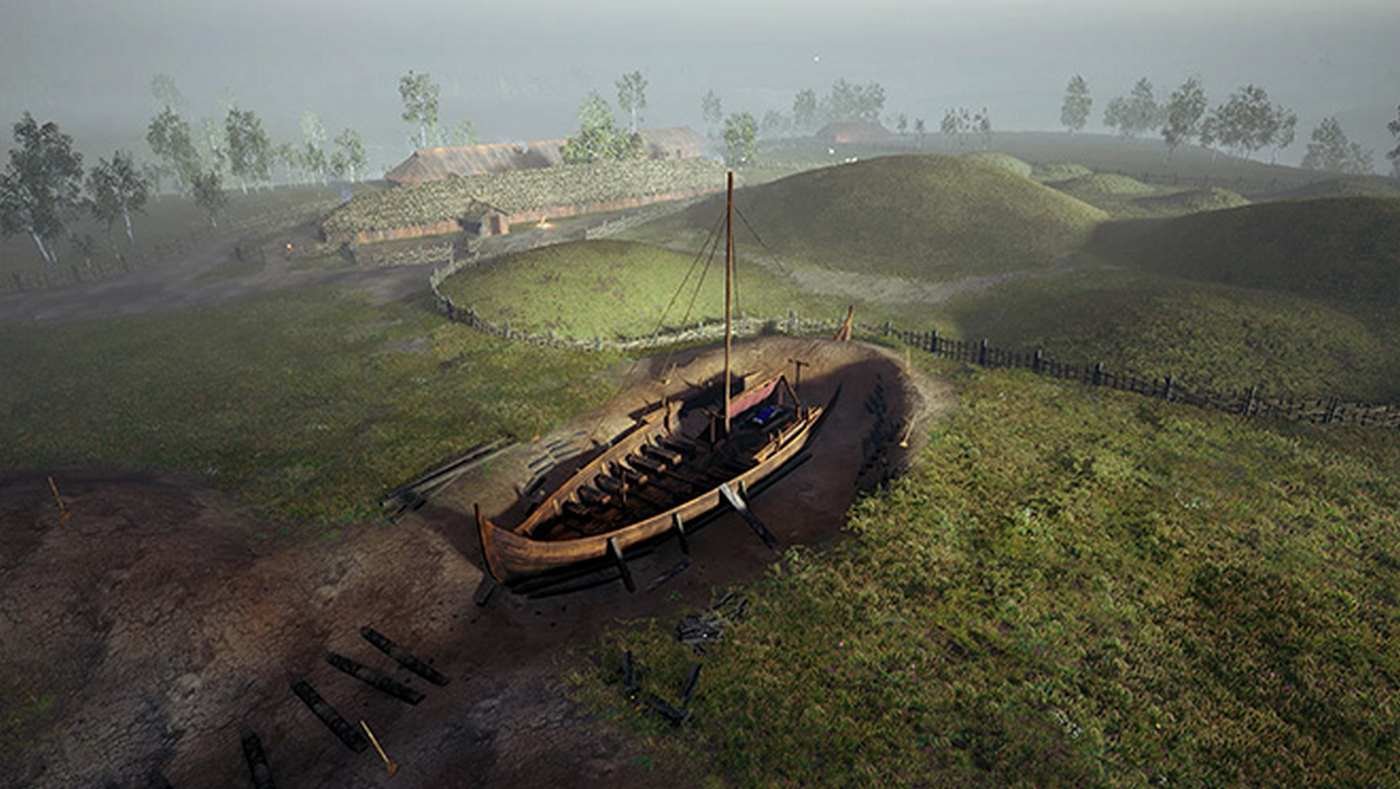When news broke in 2018 that another Viking-Age ship burial had been found on the shores of the Oslo Fjord, it quickly became one of the finds of the century.
Compared to its truly legendary predecessors of the Gokstad and Oseburg ships, the newly-found Gjellestad ship is not going to be mounted in a museum any time soon; most of the woods has disintegrated.
That hasn’t stopped Norwegian archaeologists from figuring out a lot about what was going on from the time of the burial and the ship.
Excavations began in 2020 and concluded in October of 2021. Early on it was clear that nothing like a ship could be removed from the earth, not only for the condition of the wood but also the rivets. More than 1,300 of them lined the clinker-built hull, but the iron flaked away at the slightest disturbance, requiring the excavators to remove them in blocks of dirt for CT scans.
However, at the bottom of a central trench, the team found the ship’s keel, which is the beam of wood that sits underwater along the central spine of the ship. Viking Age boats are famous for having a shallow draft, in part because of their small keels. This allowed them not only to go to sea, but sail up shallow rivers as well.
Tree-ring analysis and carbon dating showed the wood for the keel was felled in the 700s, meaning the ship probably saw action between the late 8th century to the 10th century—primetime for Vikings in that part of the world.
The keel was removed and preserved by immersing it in a water-soluble wax called polyethylene glycol which impregnates archaeological wood samples found underwater or in sodden soil. Gradually the wax takes the place of the water molecules, and after the wood is dried out, the wax forms a reinforcing part of the structure.
Rivets on the ship were stored in 8 x 12 cm blocks of dirt in plastic bags to prevent oxidation. They represent the most important piece of data for what the researchers hope to do which is to digitally reconstruct the ship.
The rivets could contain vital clues just as wood residue and other evidence of how it was built and with what materials.
If you think the stories you’ve just read were worth a few dollars, consider donating here to our modest $500-a-year administration costs.




